Why Not COBOL?
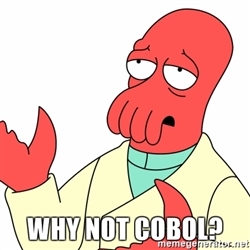
All the recent interest in COBOL due to its use in large financial systems is fascinating. Just because a language is old doesn't mean it is useless or that people aren't using it to engineer important systems.
I have fond childhood memories of going to the local university with my mom when she would work on her COBOL programs for school. She would sit at a 3270 terminal in a computer lab typing away and when she was done she would print out her code on 132 column green and white paper to be turned in. Despite not having studied computer science she was able to create well designed programs in COBOL. This was one of the design goals of COBOL. Due in part to its verbosity, COBOL is easy to understand with a relatively small amount of training. It is designed specifically for use in business applications and has features that focus on data storage and retrieval, report generation, and the kind of math that is commonly used in accounting applications. When it was created in the 1960s, it filled a important niche in the landscape of existing programming languages. Assembler was used for systems programming, FORTRAN for scientific and math heavy computing, LISP for academic and research computing, but nothing was targeted specifically at the growing business market. The 1970s would see a rise in more general purpose programming languages like C and Pascal, but COBOL would remain a mainstay of business programming for many years.
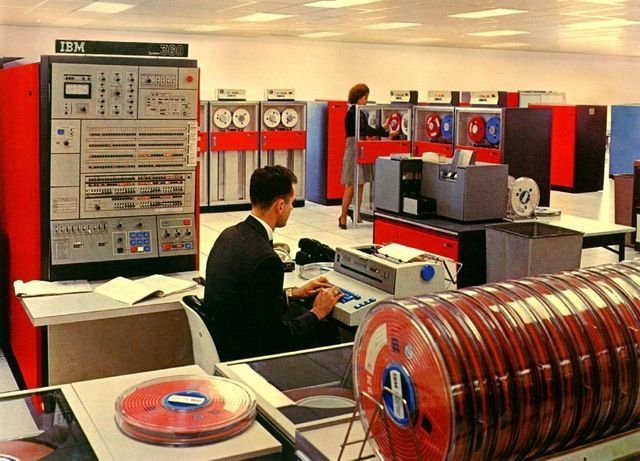
In 2015 I was working for an insurance company that was modernizing its IT infrastructure. The claims processing system ran on an OpenVMS server and was written in a combination of COBOL and BASIC. I already knew BASIC, having learned it in elementary school on the Apple IIe and early PCs, but I thought I should learn at least some COBOL so that I could have a better understanding of the system I was maintaining. A few months later my knowledge came in handy when we received an interface file definition from one of the large insurance companies in the form of a COBOL data definition. Since then I've played with COBOL a bit and have posted some toy programs to GitHub.
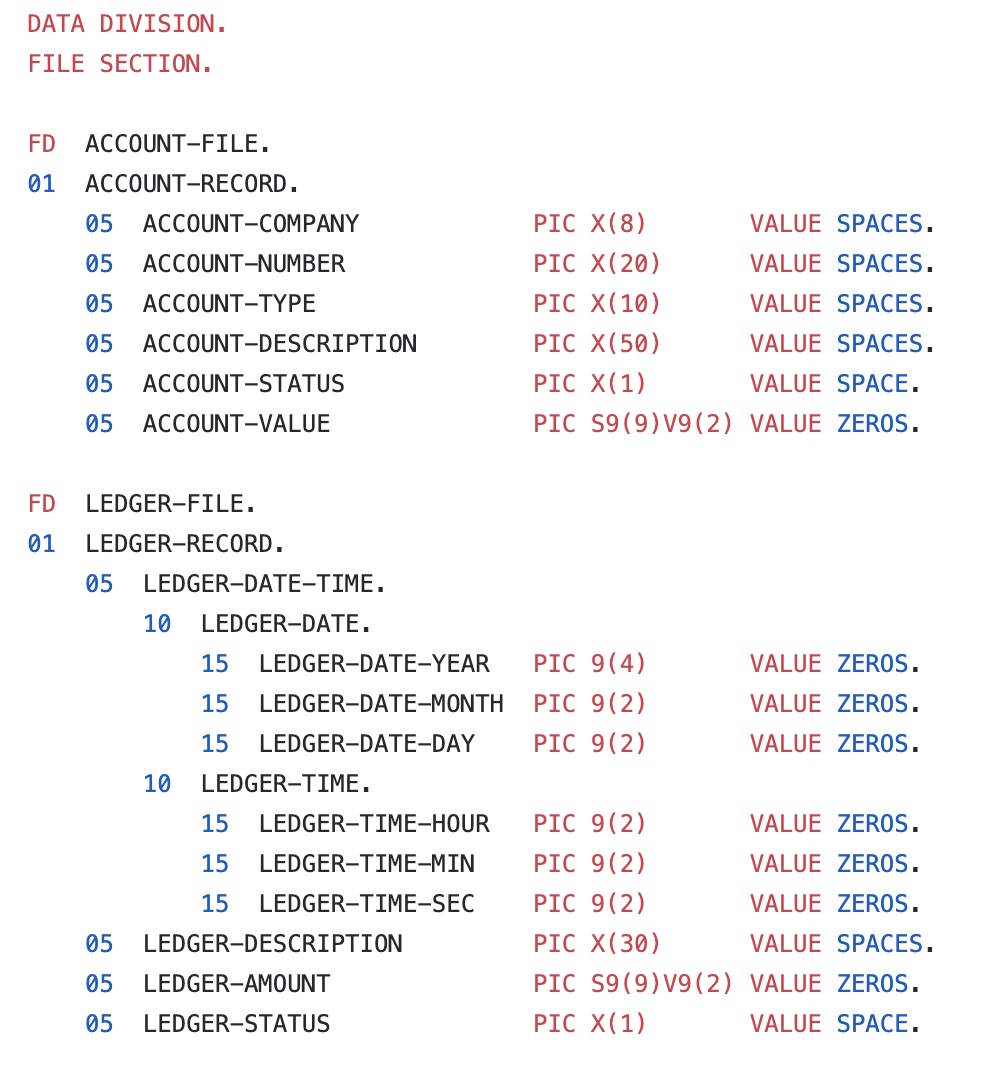
Should COBOL be replaced? The initial response by many, as highlighted in the media, is that COBOL is an ancient language and should therefore be replaced. But it's important to remember that the age of a programming language is not the only metric we use when deciding whether or not we should use it. Windows, Linux, and MacOS are written largely in C even though it's 50 years old. Other systems, like Emacs and Grammarly for example, are written in LISP, a 60 year old language that was around when COBOL was first released. Of course, in both these cases the language as it is currently used is different from the version that was initially released all those years ago. There have been major advances in software engineering since the 1960s, and like other popular languages of its day COBOL was updated to take advantage of these changes for a while. However, the speed of these improvements slowed over time and in the past two decades COBOL hasn't kept up well with changes in technology. This may be a good reason to replace systems written in COBOL with more modern alternatives. You aren't going to be able to easily write an application that scales to millions of requests per day in COBOL as it is today. On the other hand, COBOL does what it was designed to do very well and it is well tested and robust. So why hasn't it kept up with the times?
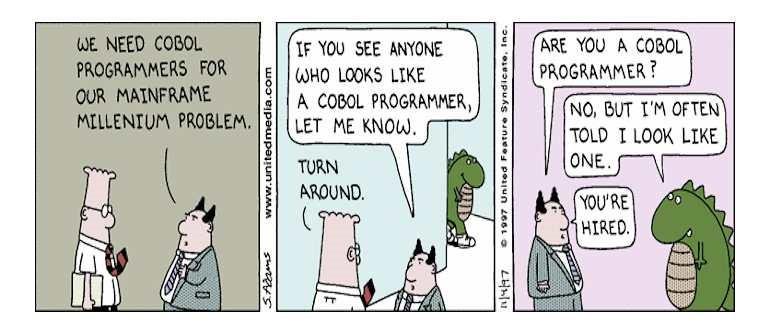
I think the reason for this is largely due to the shift in the last two decades away from commercial programming languages and towards open source alternatives. When I first started learning C in school I used the Borland Turbo C compiler and IDE. The need to purchase a compiler and IDE meant that anyone who wanted to learn a programming language had to make an up-front financial commitment to do so. The fact that BASIC came preinstalled on most personal computers in the 80s and 90s is one of the reasons why it was so popular: the barrier to entry was low. In contrast, COBOL – being targeted towards large businesses – required a financial commitment to learn. My mother, after all, had to use an IBM mainframe owned by the university to learn it. The COBOL ecosystem was mostly, if not entirely, commercial with no real open source libraries to speak of. As more beginning programmers began to use open source tools that were freely available, fewer new programmers learned COBOL. Universities that had taught it as a type of business programming moved to other languages like Java that were freely available and had large open source ecosystems. Over time this created a lack of qualified engineers to maintain and update older systems written in COBOL.
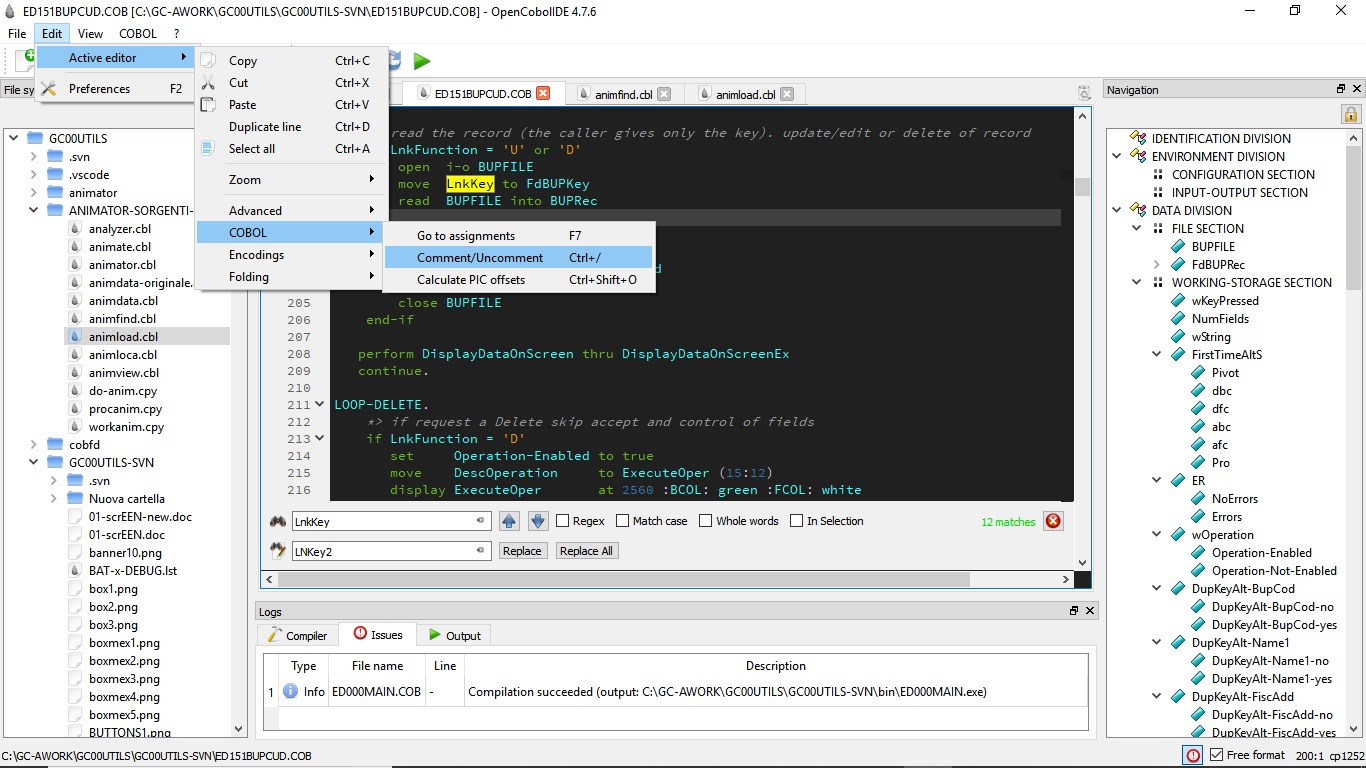
The GnuCobol project set out to fix this by creating an open source implementation of COBOL that can run on commodity hardware. They've done a great job, and I suggest you download their compiler and give COBOL a try some time. There are lots of books available to help you learn COBOL, and the GnuCobol Programmer's Guide available on the project's website might be a good place to start for experienced programmers. There are also online courses availble from IBM and others. Cloudflare even used GnuCobol to add support for COBOL to its platform. Even if COBOL never regains the popularity it once had, there will likely still be applications written in it for years to come.